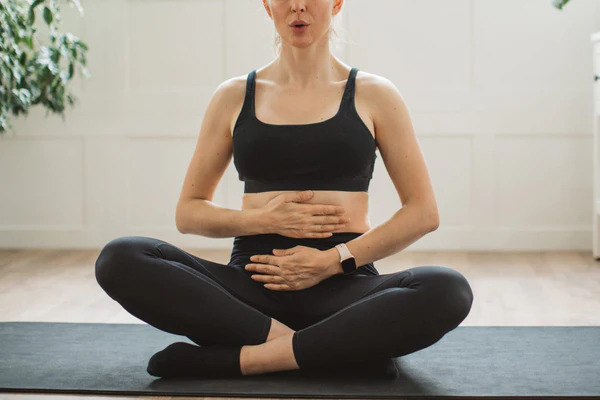Every minute of every hour of every day, throughout our entire life, we breathe. Most people assume we breathe in and we breathe out, with no more to it than that. On the contrary, however, the breath is one of the most powerful tools we have to regulate our nervous system and, in turn, affect our emotional state. This could not be more important in current times, where chronic stress seems to be a prominent player in our daily lives.
Stress changes the way we breathe. It causes us to breathe more rapidly, using our upper chest and accessory respiratory muscles. The ratio of our inhale to exhale shifts, and we are more likely to engage in stretches of mouth breathing with additional pauses in the breath cycle and breath holding. These adjustments have a knock-on effect on the biochemistry of our body. All these reactions to a threat were vital to our ancestors who were living in the wilderness and may have needed to flee from a predator or other life-threatening situation. Unfortunately, they are not such helpful reactions when we receive an email we don’t like or are stuck in traffic and running late for an appointment, yet our bodies still react in the same way. And modern society throws these situations at us multiple times every single day. Without realising it, we spend large swathes of our time in ‘fight, flight or freeze mode’, which is more scientifically referred to as the activation of the sympathetic nervous system. This leads us to develop perpetual suboptimal breathing patterns, further perpetuating the stress response. This impacts upon both our physical and psychological health.
Studies have shown that 50-80% of adults can display breathing pattern dysfunction, and three-quarters of people with anxiety have dysfunctional breathing. The fantastic thing about the breath, however, is that it is an autonomic function which we can influence by simple practices. An individual’s breath pattern can be assessed by a trained breathwork instructor, who can help to reveal dysfunctional breathing patterns. Practices with an instructor trained in nervous system regulation can then focus on physiological mechanisms to improve biomechanical and biochemical mechanisms. Consequently, this can enable people with anxiety to retrain their breathing patterns and significantly reduce their symptoms of stress, anxiety and panic.
3 top tips for using your breath to help with symptoms of stress and anxiety:
1. Always breathe through your nose
2. Try to breathe from the lower lungs rather than the upper chest
3. Elongate your exhale to activate the ‘rest and digest’/parasympathetic nervous system.



